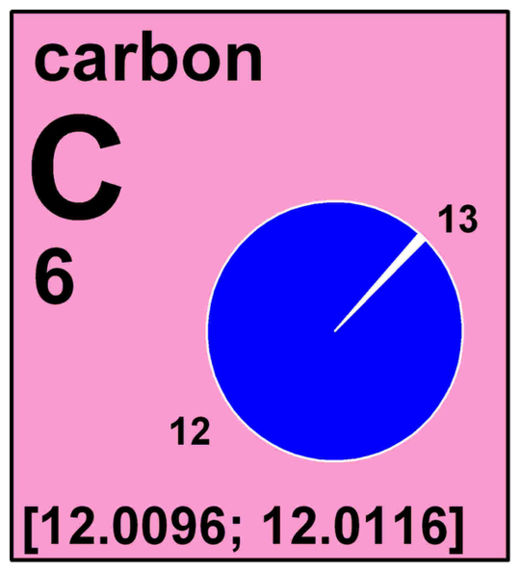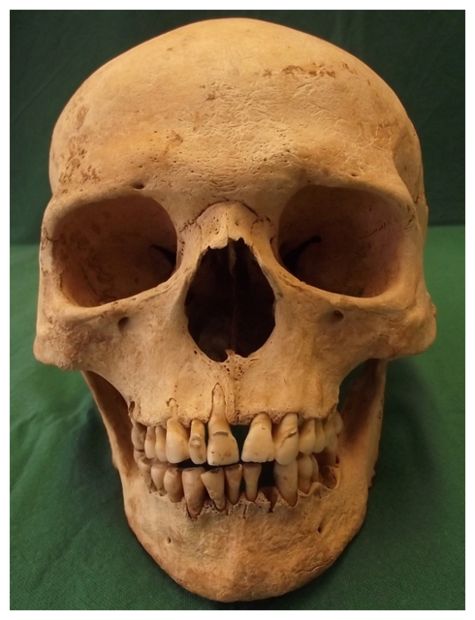
© T. B. Coplen (U.S. Geological Survey)This is how carbon looks on a revised periodic table that uses intervals for the standard atomic weights of some elements.
Standard atomic weights, those numbers emblazoned under the elements on the periodic table, were once thought of as unchanging constants of nature.
But researchers have tweaked the atomic weights of five elements - magnesium, bromine, germanium,
indium and mercury - in a new table published by the International Union of Pure and Applied Chemistry (IUPAC).
To calculate standard
atomic weight, scientists have traditionally averaged the weights of the stable variations of an element known as isotopes.
All atoms of an element have the same atomic number, or number of protons in their nuclei, but the number of neutrons in the nuclei can vary, leading some isotopes to be lighter or heavier. Carbon-12, for example, the most abundant
carbon isotope, has six protons and six neutrons. Its slightly heavier cousin, carbon-13, has six protons and seven neutrons.
Standard atomic weight also depends on how common an element's stable isotopes are. In other words, the more plentiful an isotope, the more it will influence the average. But the abundance of an isotope can also vary from place to place on Earth, leading to differences in an element's atomic weight depending on its context.
For that reason, the atomic weights of magnesium and bromine will now be expressed as intervals with upper and lower bounds instead of single values. The atomic weight of bromine, for instance, is commonly thought to be 79.904, but it can actually range between 79.901 and 79.907, depending on where the element is found.


